CARING WITH FAMILY
|
| The extent of affection a particular breed is inclined to show towards family members or familiar individuals can differ significantly. Certain breeds may appear distant with everyone except their owner, whereas others tend to treat everyone they are acquainted with as their dearest friend. |
LOVE WITH CHILDREN
Unwise
Good With Children
|
| The level of tolerance and patience a breed possesses towards children's behavior combined with their inherent family-friendly qualities is a significant factor. It is vital to closely supervise dogs around young children or individuals who have limited exposure to dogs. |
BEHAVIOR WITH DOGS
Unwise
Good With Other Dogs
|
| The level of general friendliness a breed exhibits towards other dogs holds significant importance. While it is necessary to supervise dogs during interactions and introductions with other dogs, certain breeds are inherently more inclined to get along with their furry counterparts both at home and in public. |
SHEDDING LEVELS & MANAGEMENT
No Shedding
Hair Everywhere
|
| Wondering about the amount of fur and hair a particular breed is prone to shedding? Breeds that have a high propensity for shedding will require more frequent brushing, which can help minimize the amount of loose hair. Additionally, these breeds are more likely to trigger specific types of allergies and may necessitate more regular vacuuming and lint-rolling to keep your home clean. |
COAT GROOMING STANDARDS
|
| When considering a breed, it's important to take into account the frequency of bathing, brushing, trimming and other necessary coat maintenance. The grooming effort required for each breed varies, so it's essential to assess how much time, patience and budget you can allocate to this aspect of care. Remember that regular nail trimming is needed for all breeds. |
DROOLING INTENSITY
Less Likely to Drool
Always Have a Towel
|
| If you prefer to keep things neat and tidy, it's worth considering how prone a breed is to drooling. Breeds that have a tendency to leave ropes of slobber on your arm or create big wet spots on your clothes might not be the most suitable choice for you. |
COAT STYLES GUIDE |
| Smooth |
| COAT SPECTRUM |
| Short |
FRIENDLINESS
Reserved
Everyone Is My Best Friend
|
| It's crucial to consider the level of ease in training your dog and their willingness to learn new things. Certain breeds are eager to please their owners and are motivated to make them proud, while others may have a more independent streak and prefer to do as they please, whenever and wherever. |
LIVELINESS
Only When You Want To Play
Non-Stop
|
| It's important to consider a breed's level of enthusiasm for play, which extends beyond the puppy stage. Certain breeds exhibit a strong desire to engage in interactive games like tug-of-war or fetch well into their adult years. On the other hand, some breeds are more content to relax on the couch with you and may not be as inclined towards high-energy play as they age. |
VIGILANCE INTENSITY
What's Mine Is Yours
Vigilant
|
| Another aspect to consider is a breed's tendency to alert you when strangers are present. Some breeds are more vigilant and will react to any potential threat, be it the mailman or a squirrel outside the window. However, it's worth noting that these breeds are likely to become friendly towards strangers who enter the house and are accepted by their family. |
ADAPTATION CAPACITY
Lives For Routine
Highly Adaptable
|
| An important factor to consider is how adaptable a breed is to change. This encompasses various aspects such as adjustments in living conditions, noise levels, weather conditions, daily routines and other variations that may occur in day-to-day life. Some breeds are naturally more flexible and can easily handle these changes, while others may require more time and effort to adjust. |
OBEDIENCE LEVEL
Self-Willed
Eager to Please
|
| When it comes to training your dog, it is important to consider how easy it will be and how willing the dog will be to learn new things. While some breeds are eager to please and motivated to make their owners proud, others may have a more independent nature and prefer to do as they please, whenever and wherever they want. |
STAMINA LEVEL
|
| It's essential to consider the amount of exercise and mental stimulation a breed requires. High-energy breeds are always ready for the next adventure and will gladly spend their time running, jumping and playing throughout the day. On the other hand, low-energy breeds are more akin to couch potatoes, as they are content with leisurely lounging and snoozing around. |
VOCALIZATION
|
| Medium |
LEARNING CURIOSITY LEVEL
Happy to Lounge
Needs a Job or Activity
|
| Considering the mental stimulation needs of a breed is crucial to ensure their happiness and overall well-being. Purpose-bred dogs often have jobs that involve decision-making, problem-solving, concentration and other mental qualities. Without sufficient mental exercise, they may resort to creating their own activities to keep their minds occupied. However, these self-made projects may not align with your preferences or expectations. Therefore, providing appropriate mental stimulation is important to prevent any undesirable behavior and promote a healthy mindset for your dog. |
| COLORS | . |
| PATTERNS | . |











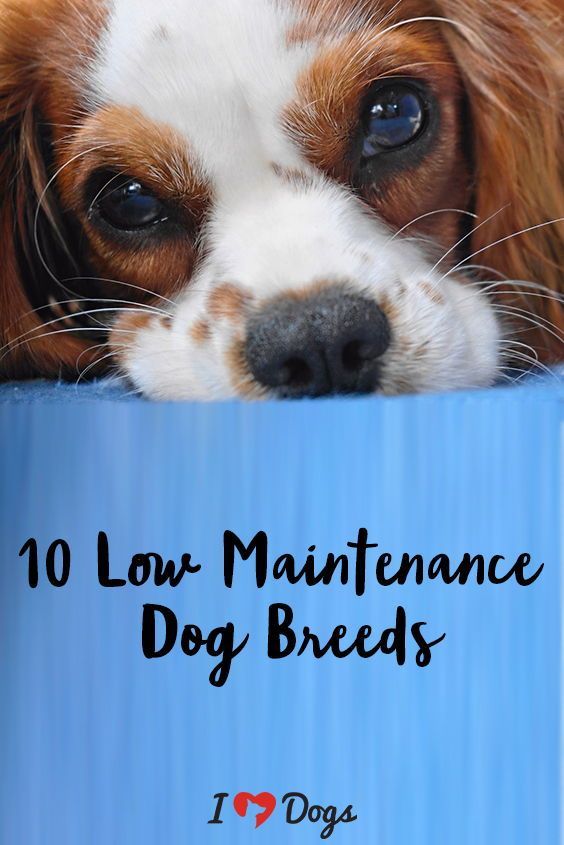


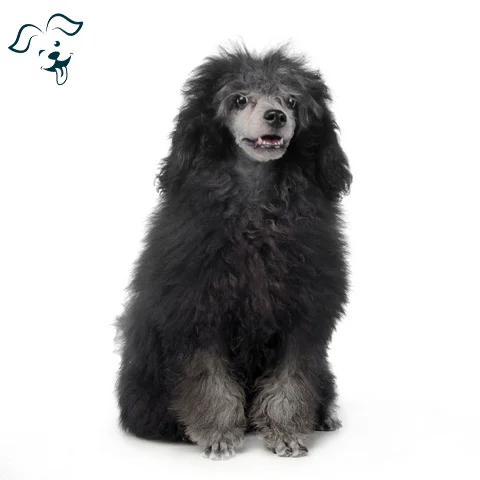

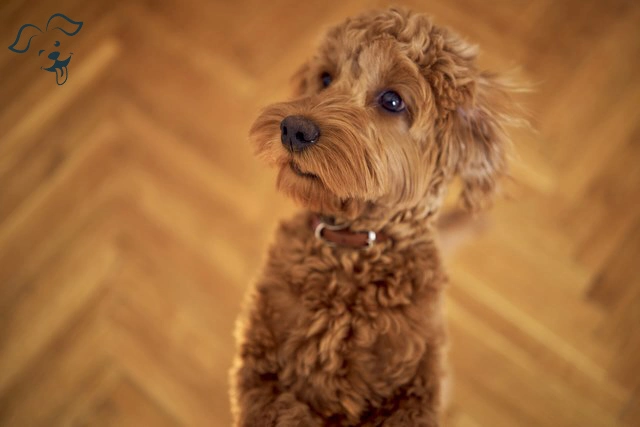
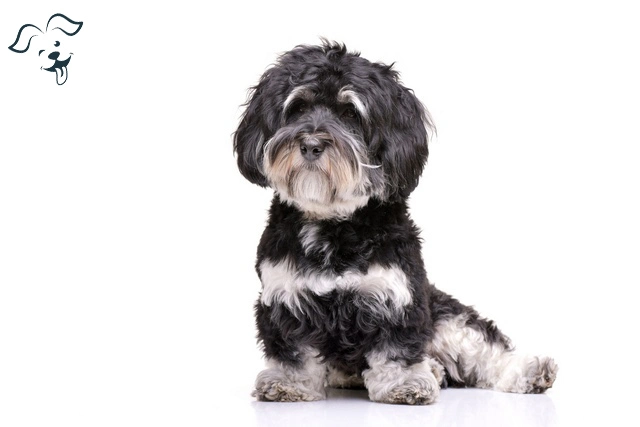
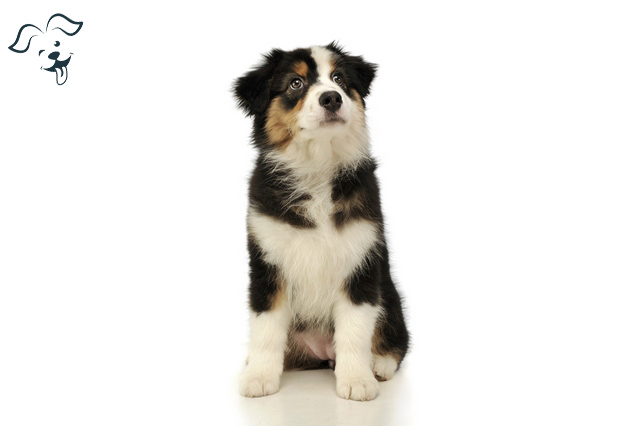
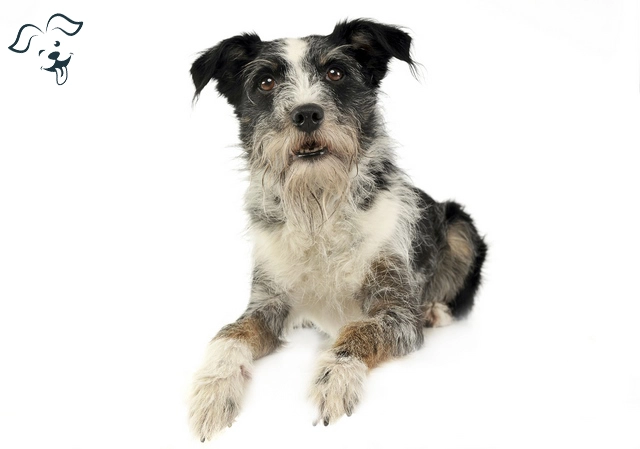
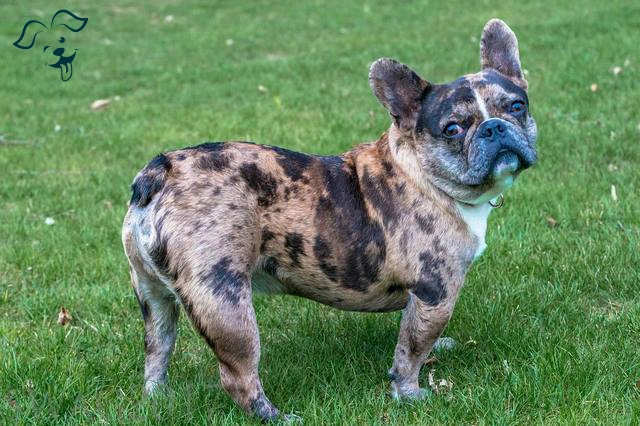
FRIENDLINESS
LIVELINESS
VIGILANCE INTENSITY
ADAPTATION CAPACITY